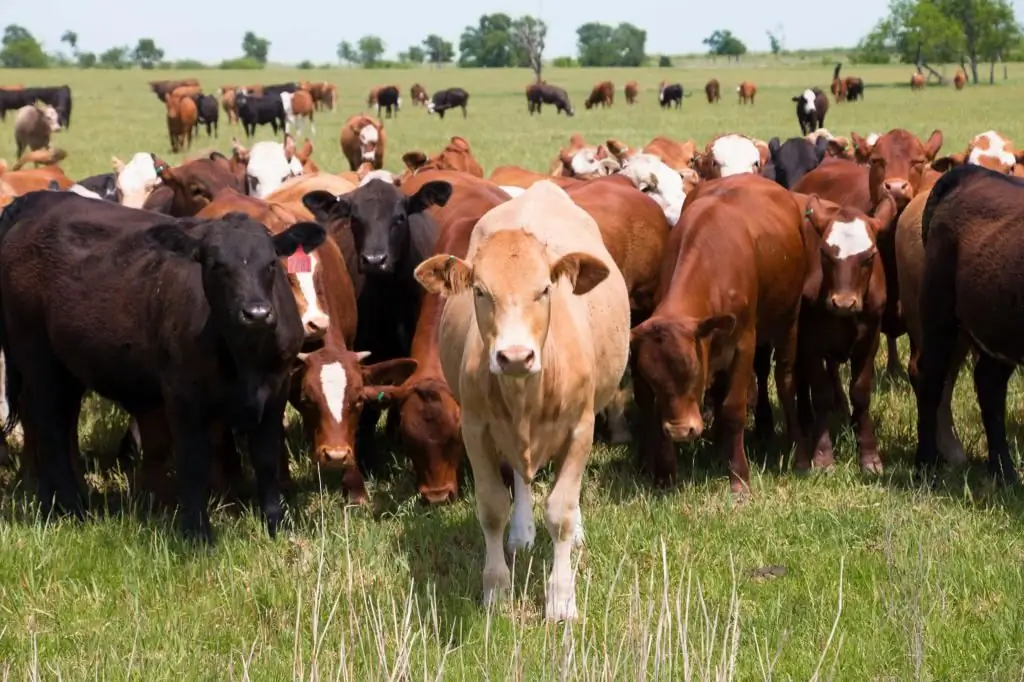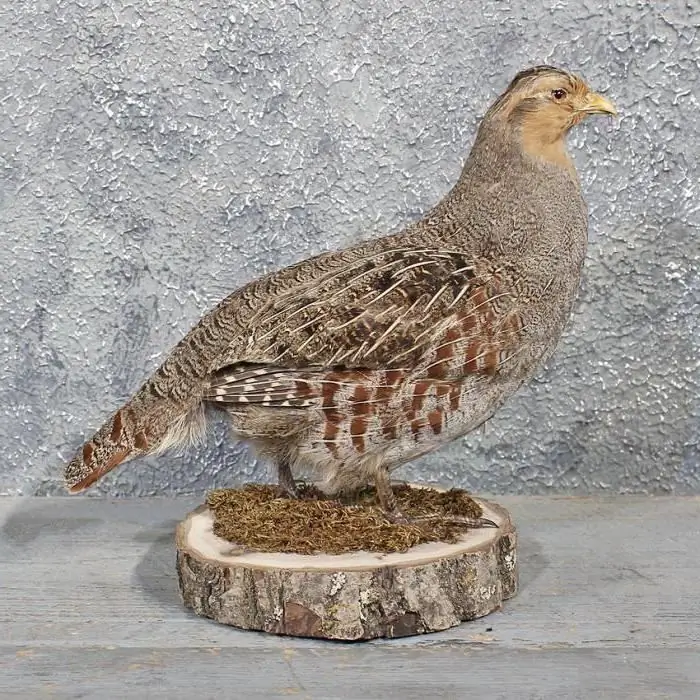2025 Author: Howard Calhoun | [email protected]. Last modified: 2025-01-24 13:10:41
Chicken meat and eggs are popular diet foods. And therefore, both poultry farms and rural residents and even townspeople living in private sectors of small towns are engaged in breeding chickens. And there is nothing surprising in this. This activity can be both a hobby and a profitable business. After all, it is practically waste-free production. Everything is used here: eggs, meat, fluff, feathers and even droppings. But chickens, like all living creatures, can get sick and die, which causes losses. This is especially true for the “younger generation”. Chicken diseases are something that no poultry farmer is immune from.
Chicken poisoning

All chickens have a poor sense of smell at an early age. And this leads to the fact that they peck everything in a row, without making out whether it is food or unsuitable for food products. They can also be poisoned by food that contains too much s alt for them. And then it happens that a seemingly he althy chicken suddenly dies. Therefore, attention should be paid to foodand suspicious replace. Otherwise, the diseases of the chickens will continue. At an early age, they are advised to give oatmeal and barley porridge, which is mixed with a decoction of flaxseed, charcoal, chamomile infusion or milk. And sick chickens are not fed until their crops are empty. They are given only water with potassium permanganate.
Chicken hypothermia

Also, many diseases of chickens and their mortality are associated with hypothermia. Especially they need warmth at 3-5 weeks of age. And when they get cold, they huddle together in a warmer place. As a result of hypothermia, various diseases occur, such as pullorosis, coccidiosis, aspergillosis and others. They may have diarrhea, liver tumors, and inflammation of the kidneys. Chickens look sleepy and lethargic, and they have noticeable discharge from their nasal openings. To avoid these troubles, they need to be kept warm. They especially need heating at night in early spring.
Chronic diseases in chickens
With a lack of fresh air, chicks can develop respiratory problems. This often happens when they are kept in cages and indoors. At the same time, chickens develop inflammation of the trachea, larynx, bronchi, it also happens that they die from suffocation. Therefore, they should not be kept in close quarters and it must be taken into account that a 10-11-month-old chicken needs 1 cubic meter of air. Fresh air should also be constantly supplied to the room, but drafts should not be allowed.
Chickens-broilers: diseases and treatment

And broiler chickens deserve special attention. Indeed, in 2-3 months, a chicken gains weight that is 50 times greater than what was given to him at birth. And especially vulnerable are daily broilers. They have not yet developed a digestive system, they do not have important enzymes that are necessary to fight harmful microorganisms, and the system that regulates body temperature is not at all debugged. And it is during this period that diseases of broiler chickens occur, which can lead to death. And since the treatment of birds is carried out only at poultry farms, and, in principle, it is ineffective, it is necessary to organize the correct conditions for them in order to avoid many diseases.
Recommended:
Keeping broilers in cages at home: conditions of keeping, feeding and care rules

Broilers are chickens that are obtained by crossing meat productive breeds. They are grown exclusively for the purpose of later putting them on meat. The content of broilers in cages at home differs mainly in enhanced feeding. At the same time, physical activity is limited, due to which the weight indicator is growing rapidly. Usually such breeds are kept in specially equipped cages
Cattle diseases: an overview of the most common diseases, causes, treatments

Cattle diseases are an important topic of modern veterinary medicine. Conditionally, all pathologies are divided into infectious and non-infectious. The most dangerous are ailments belonging to the first class, especially those that can spread to humans. Infection of even one animal is associated with the risk of losing an impressive percentage of the entire livestock
Partridges: breeding and keeping at home. Breeding and keeping partridges at home as a business

Breeding partridges at home as a business is a wonderful idea, because so far it is exotic to some extent, does not require significant investments at the start (or even none at all), there is no special knowledge for growing an unpretentious and little sick bird need. And demand today exceeds supply. This business can be especially interesting in small towns and villages where there are problems with employment and other types of earnings
Chinese silk chicken: description and characteristics of the breed, keeping and breeding

Often, in the farms of amateur poultry farmers, you can meet a completely amazing, even unique bird. It is about this breed of chickens - Chinese silk, that we want to talk about today. What is their uniqueness, how do they differ from other birds? This will be discussed in this article
Why doesn't the chicken lay? Conditions of keeping, feed and methods for increasing the egg production of chickens

Raising egg-laying chickens is a very profitable business that can not only provide food, but also bring a steady income. It often happens that a bird shows high productivity

